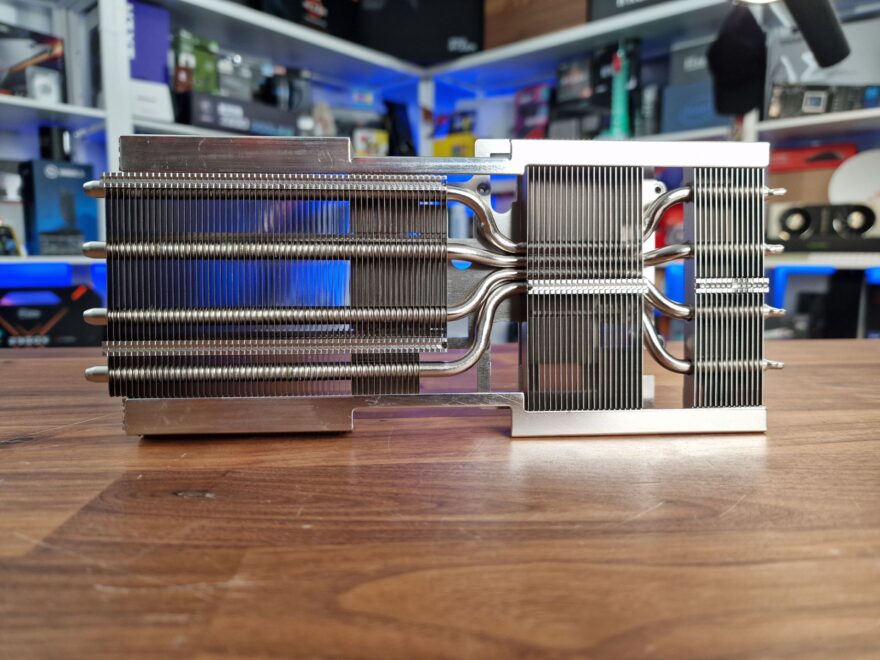Palit RTX 4070 Super Dual Graphics Card Review
Peter Donnell / 4 months ago
A Closer Look
Admittedly, I don’t think this is the best looking card of the current crop of RTX 4070 cards, as it has a bit more of a plastic look to it. Which I’m OK with in some regards, as this is still an MSRP card, and they have given it a larger set of 92mm fans, which should give us improved cooling performance, so that’s an acceptable trade off.
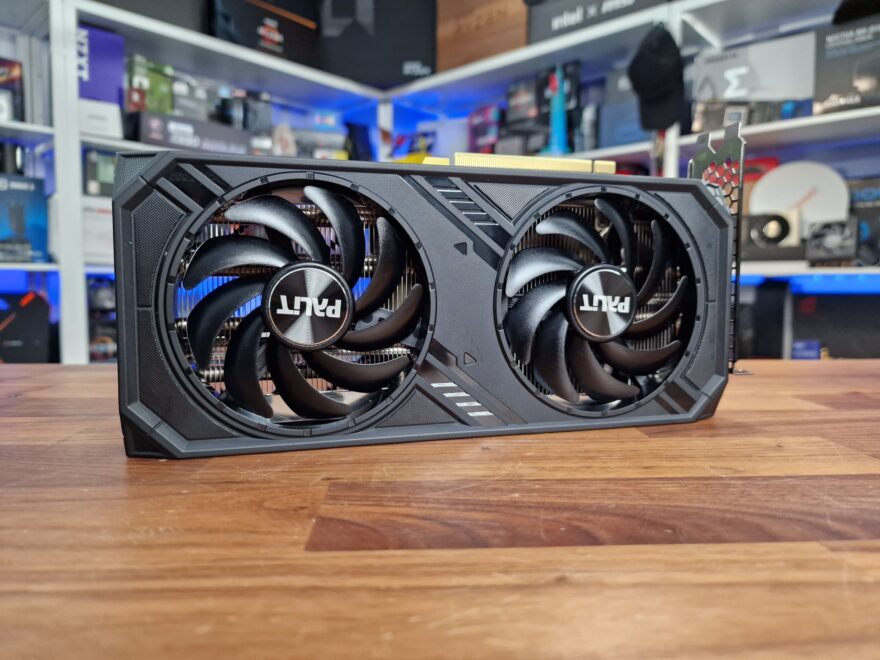
Of course, it’s not a exactly a stock card either, you get this card with a factory overclock right out of the box, meaning that it comes with a 2550 MHz boost clock, rather than the 2475 MHz clock of the founders edition.
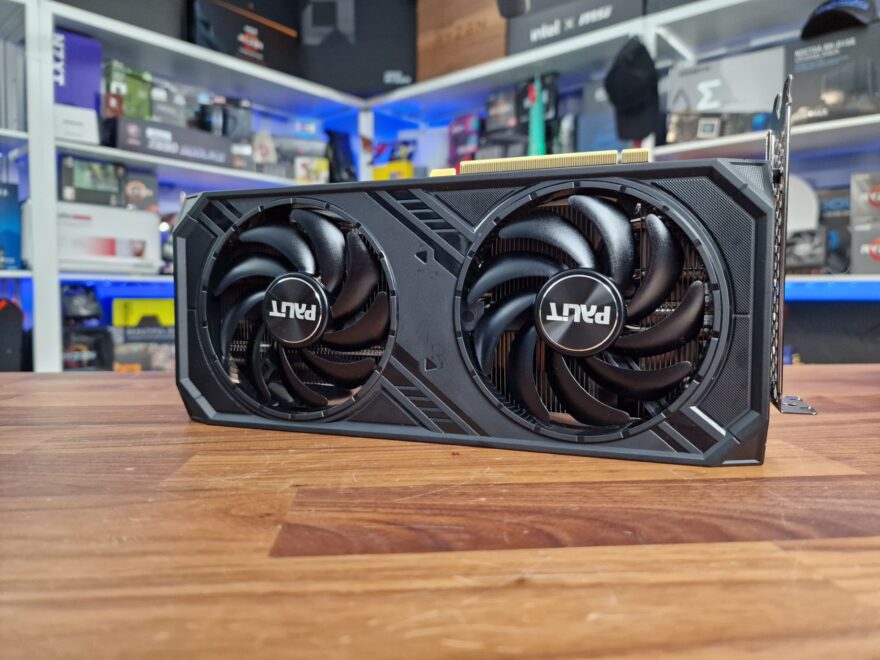
It’s also slim, coming in at just two slots, it should be broadly compatible with slimmer and smaller PC cases.
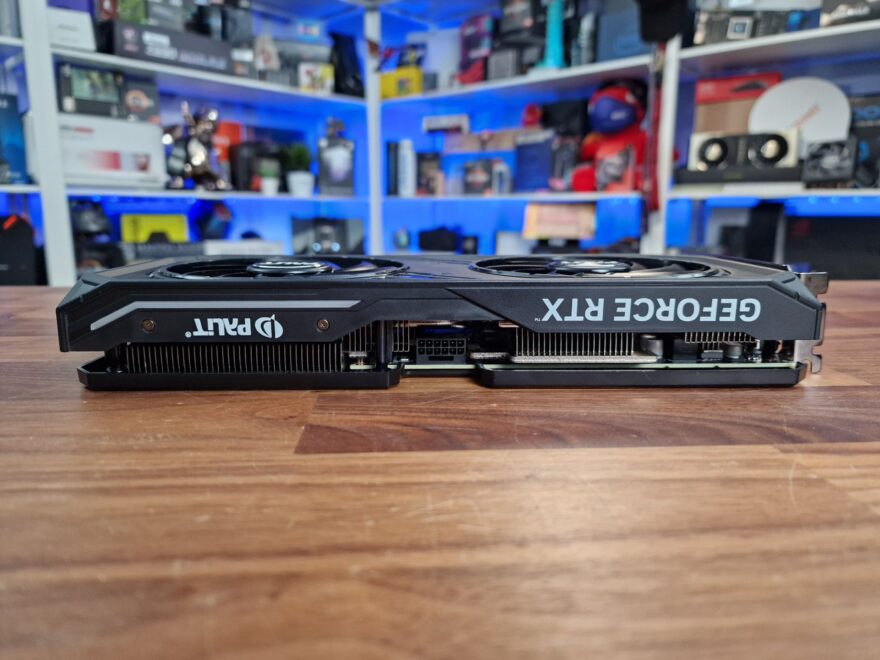
The card uses a single 12VHPWR connector, which is recessed into the side a little so the cable shouldn’t protrude as much, which is nice as that cable can be a little bulky at times. However, this is a pain to reach as it is hard to get your fingers in to disconnect it, so bit of a pro/con scenario.
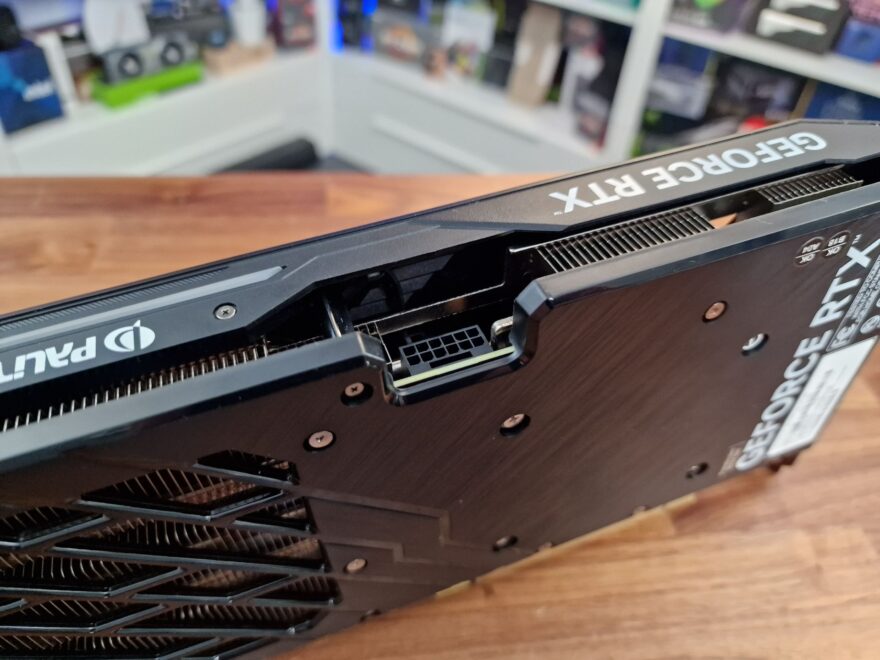
The backplate looks stunning, with a brushed metal finish that is very aesthetically pleasing, but as with the shroud it is actually plastic throughout. It also comes with a lot of ventilation towards the back, allowing heat to be easily be exhausted by the rear fan. Of course, the plate will also provide some added rigidity to the card too.
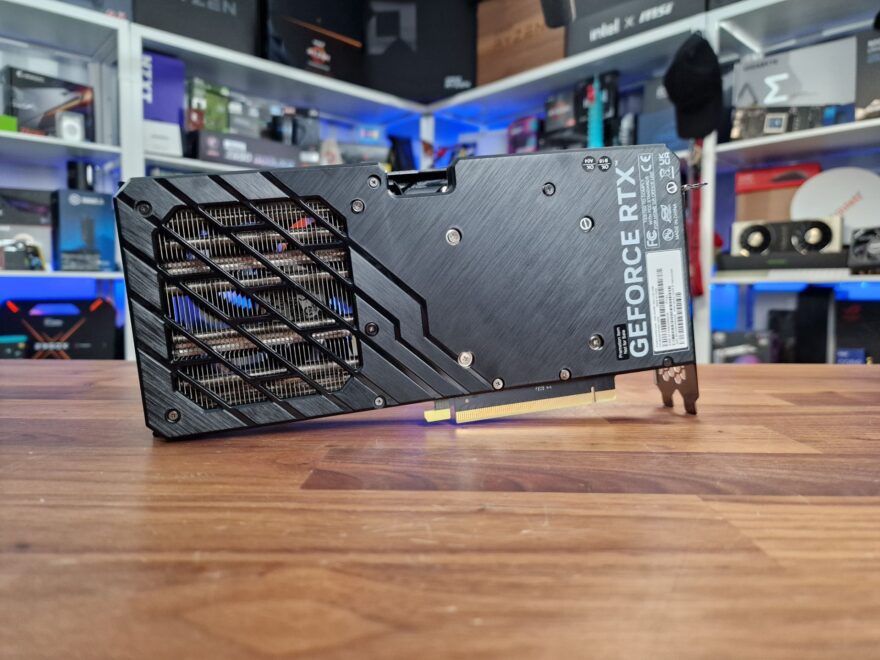
At the back, you’ll find three DisplayPort and single HDMI connector, the same configuration as found on the Founders Edition.
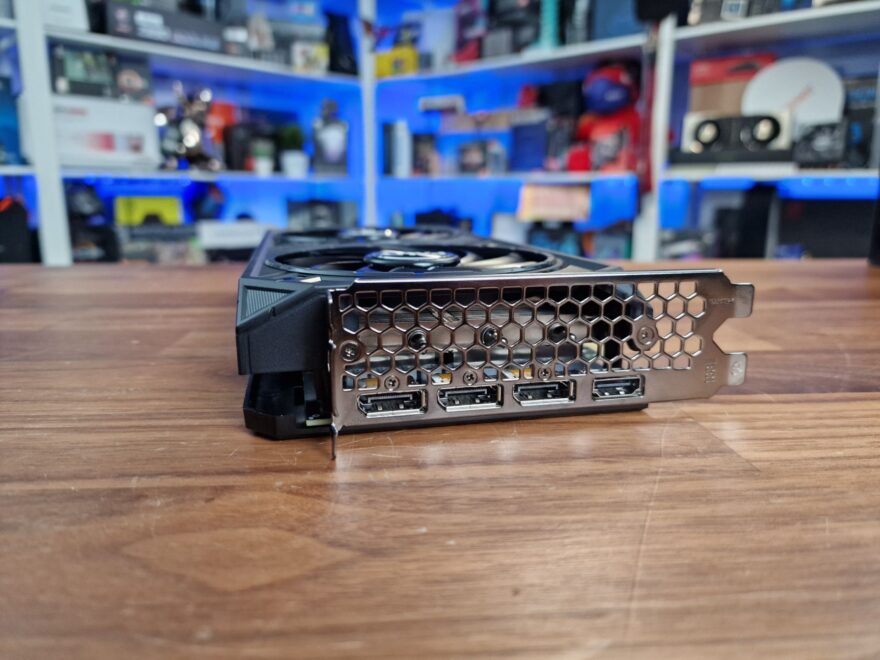
Tearing down the cooler, you can see there’s a quite a nice upgrade to the VRM configuration, with a larger number of capacitors and chokes at the back of the card, allowing more power delivery and to help push that factory overclock with more stability.
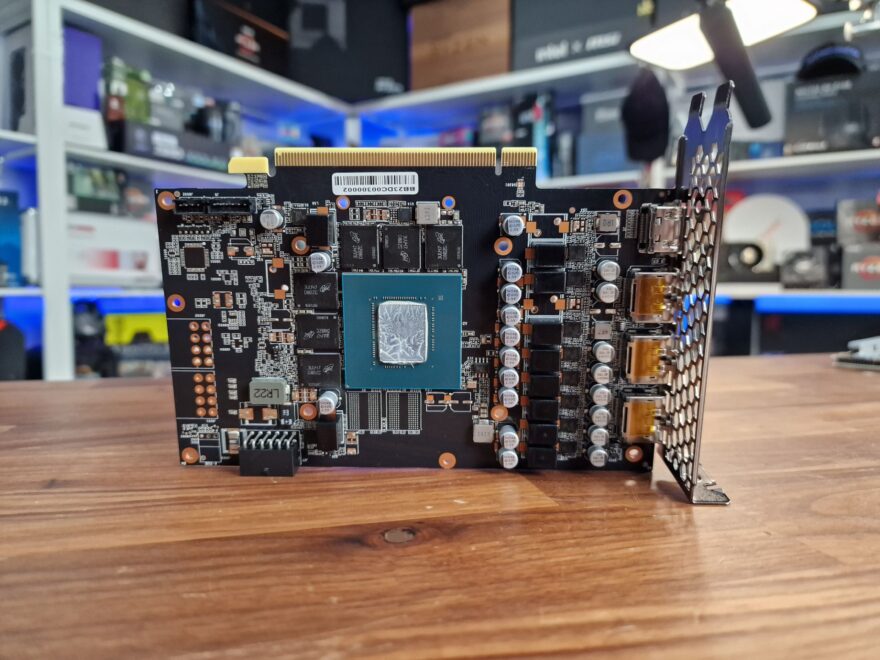
There are six 2GB VRAM modules, giving us the 12GB VRAM total.
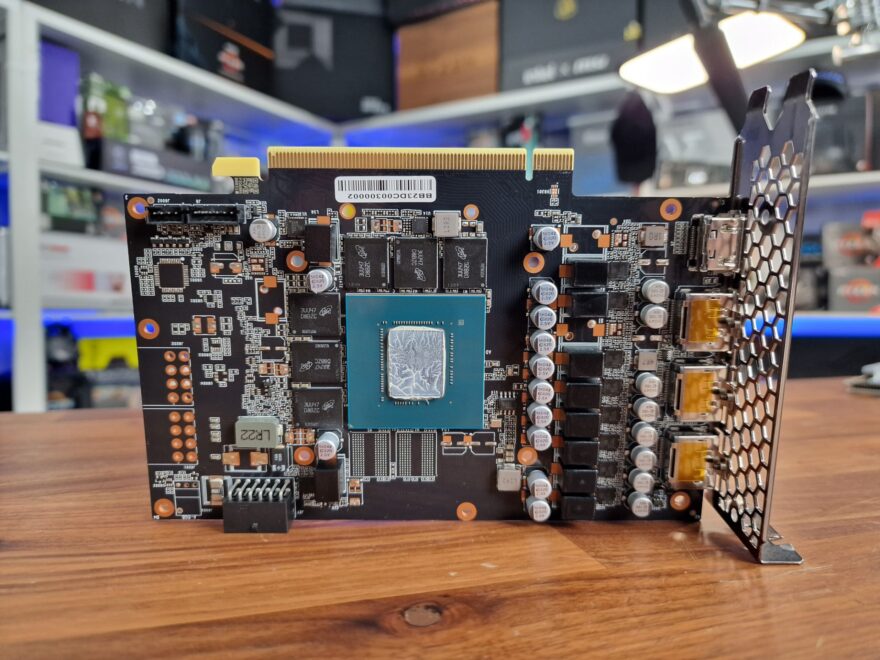
The cooler shroud is a single piece plastic cover, with a screw in bracket holding each fan which come with PWM connectors, so it could be easily dissembled for cleaning and maintenance.
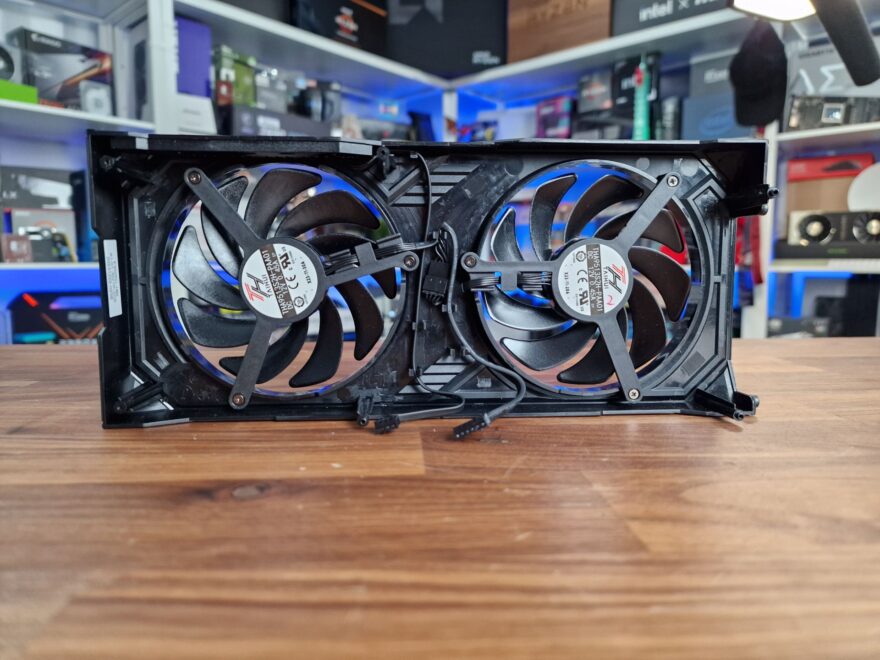
The heatsink is nicely designed with an enlarged contact plate, ensuring it covers both the GPU core and the VRAM on the same plate, with a breakout heatsink at the back allowing near direct contact between the VRM and the heat pipes, with thick thermal pads in all the appropriate places.
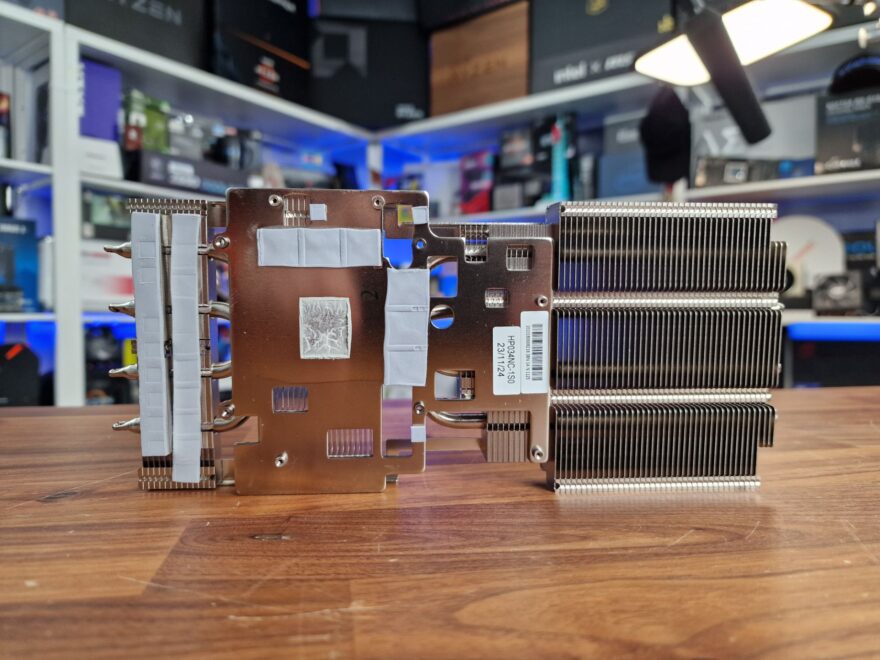
The radiator is split into three main sections, with four thick heat pipes that group together over the GPU chip, and fan out towards each end of the card.
